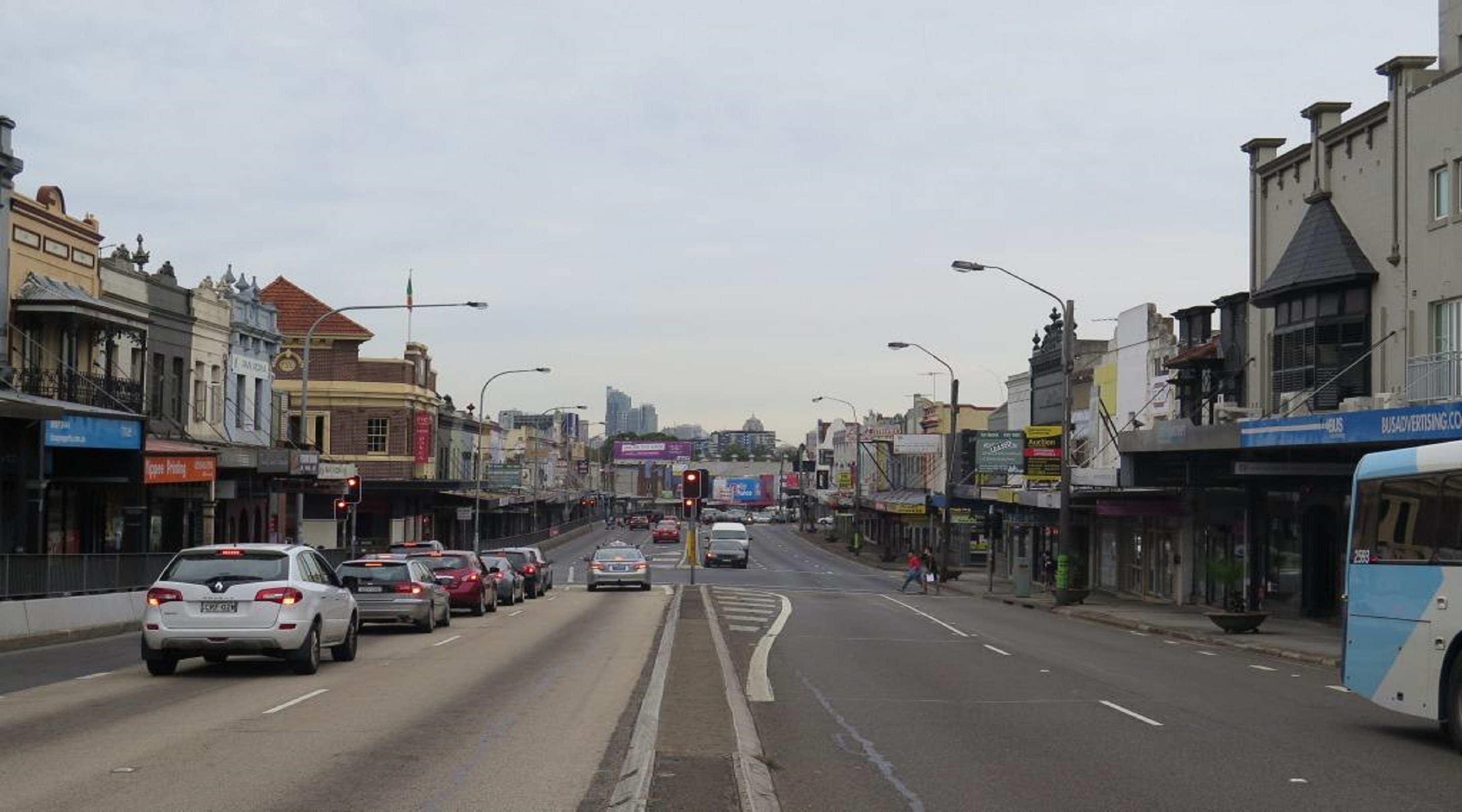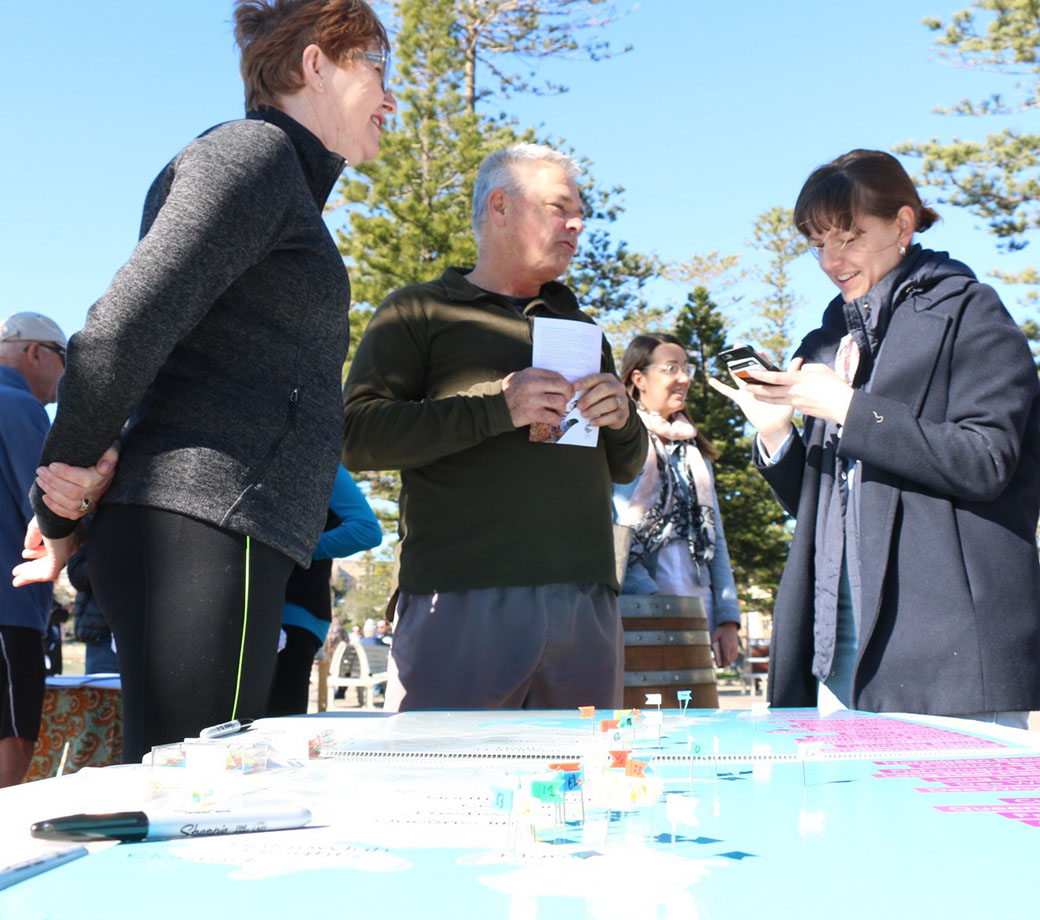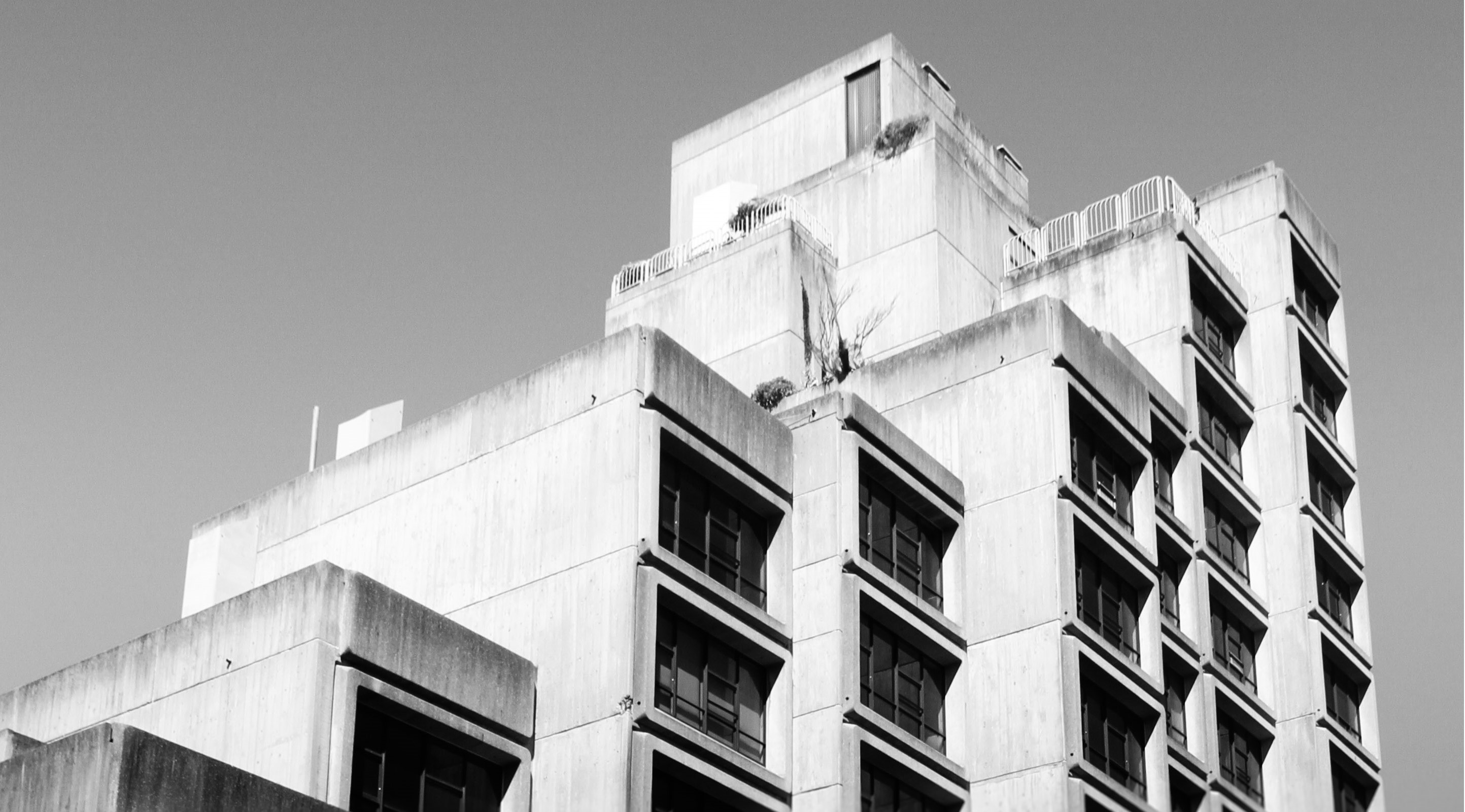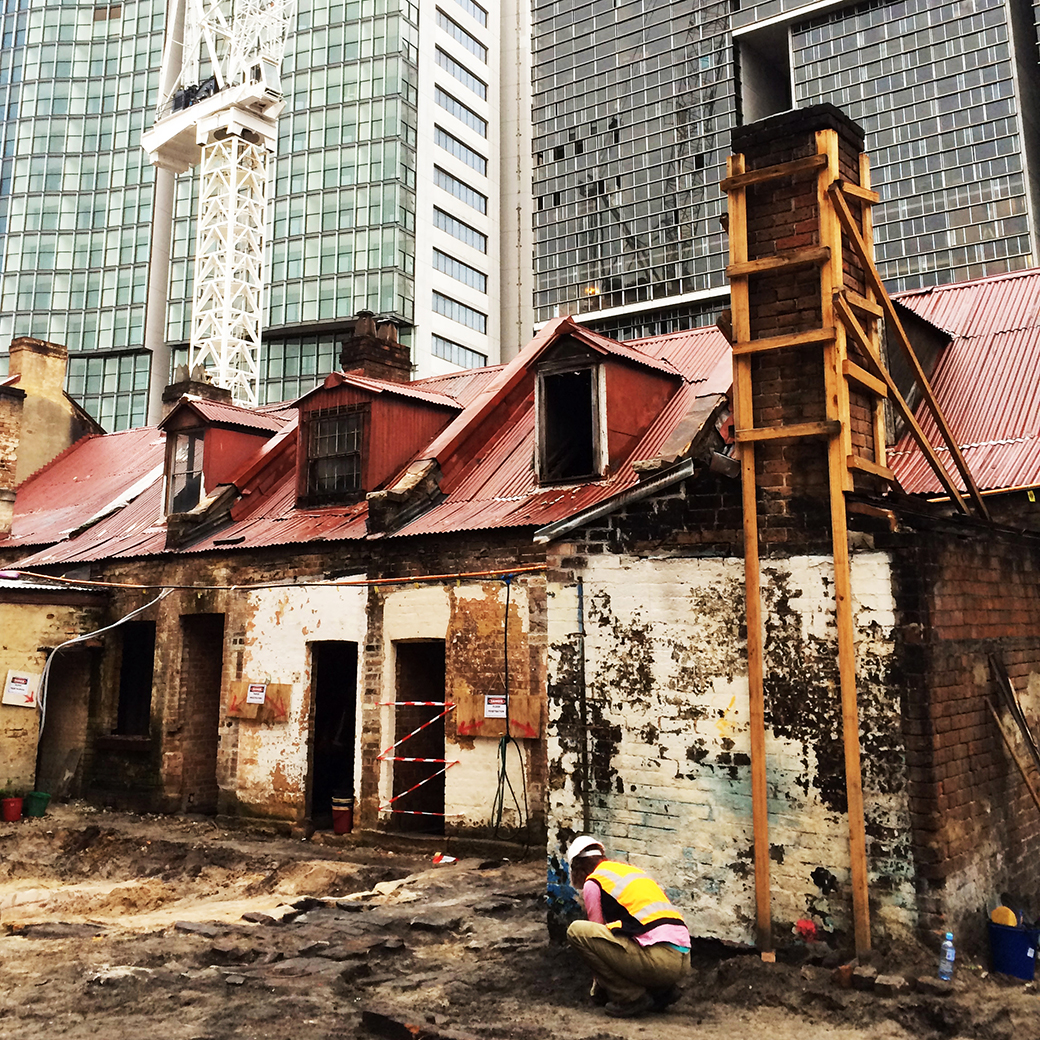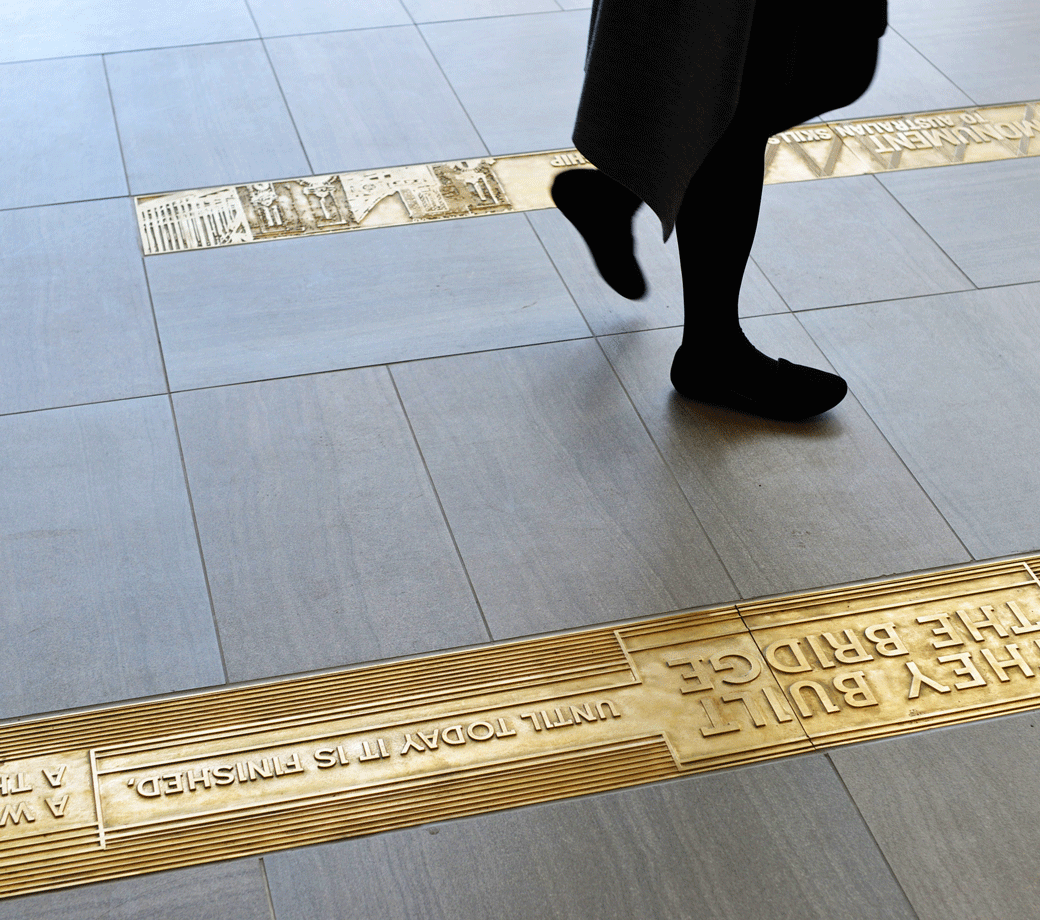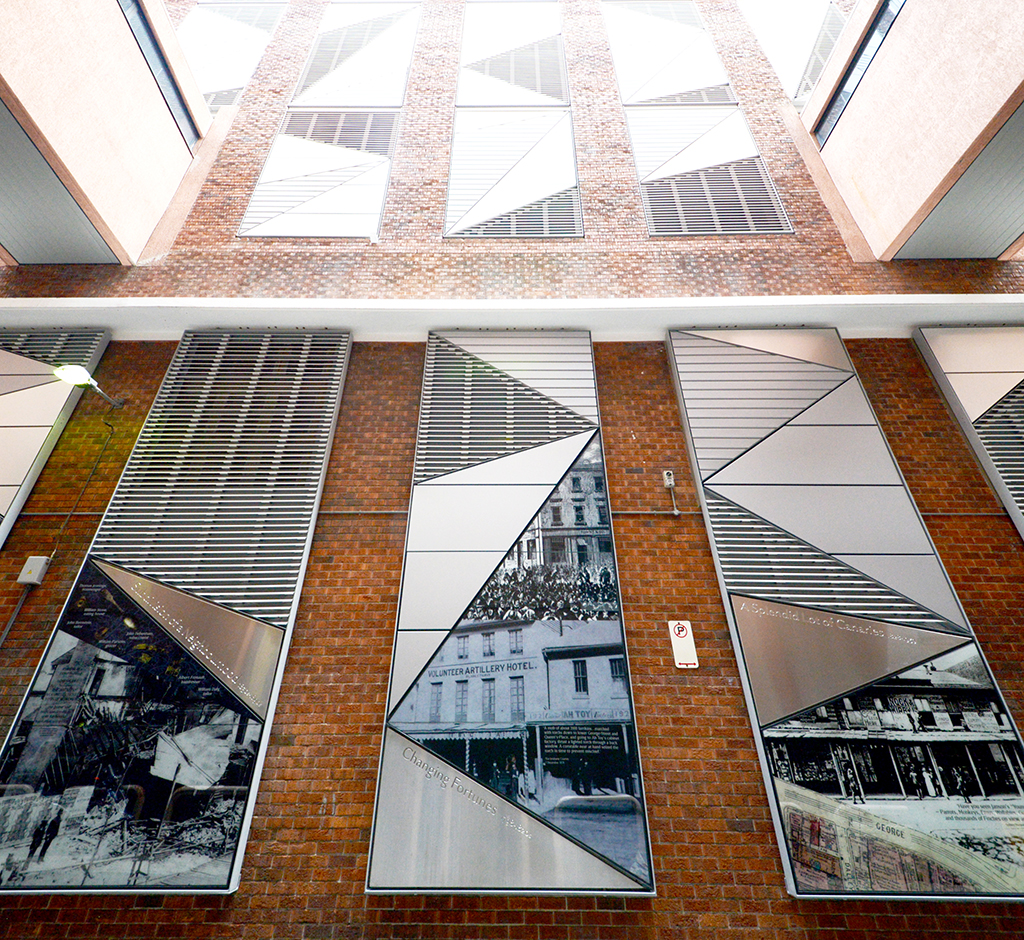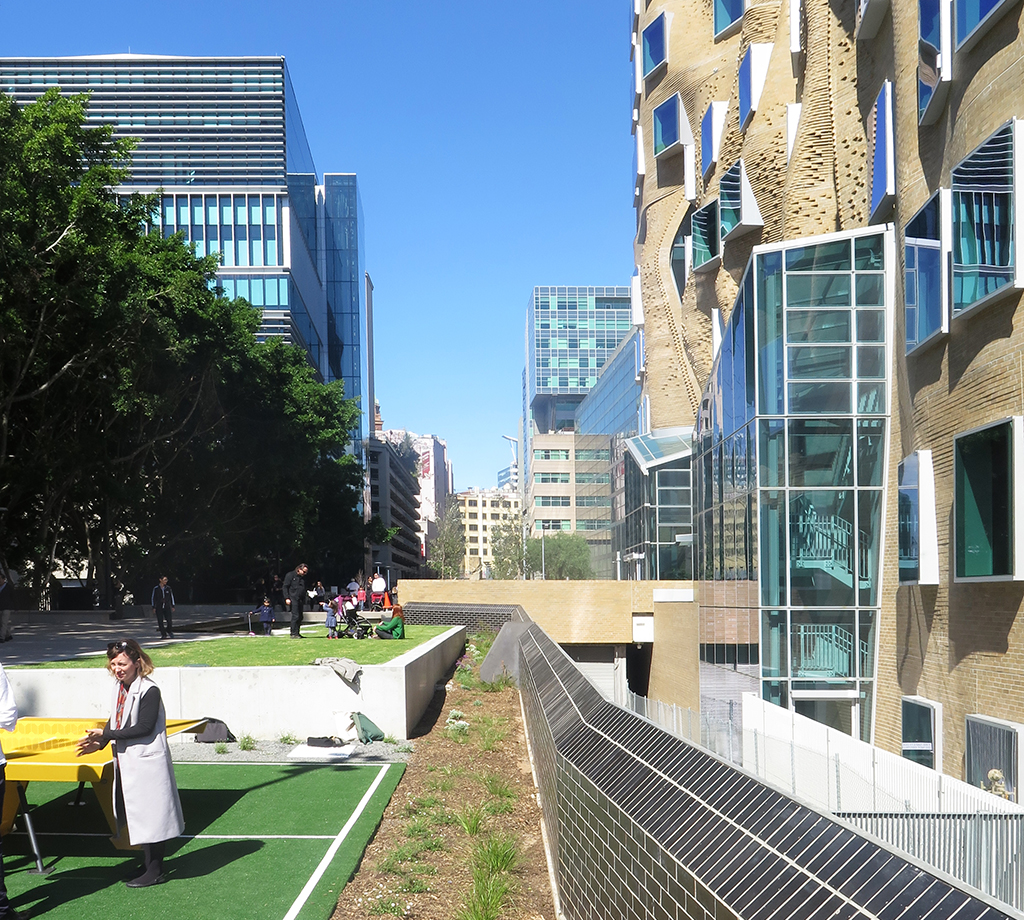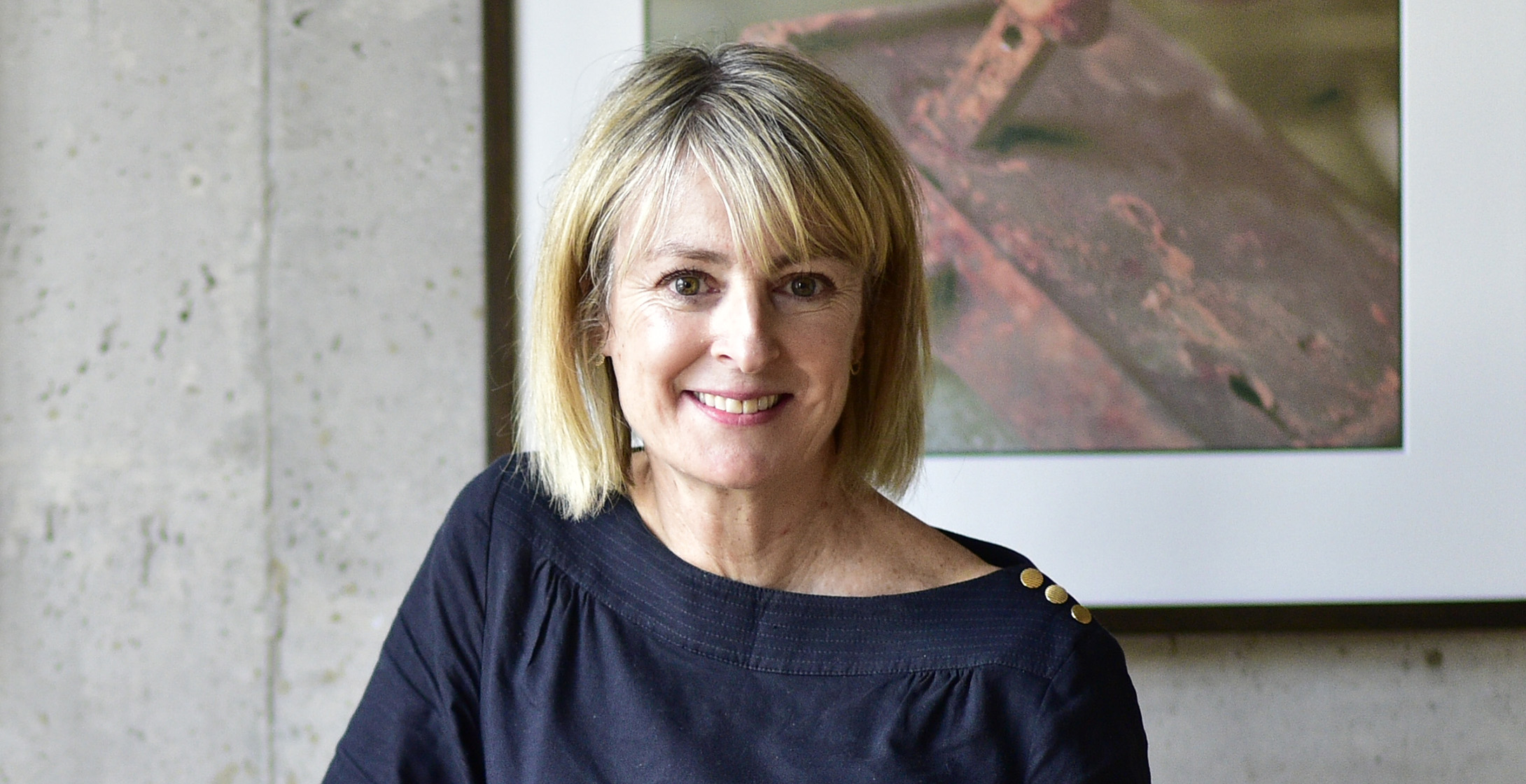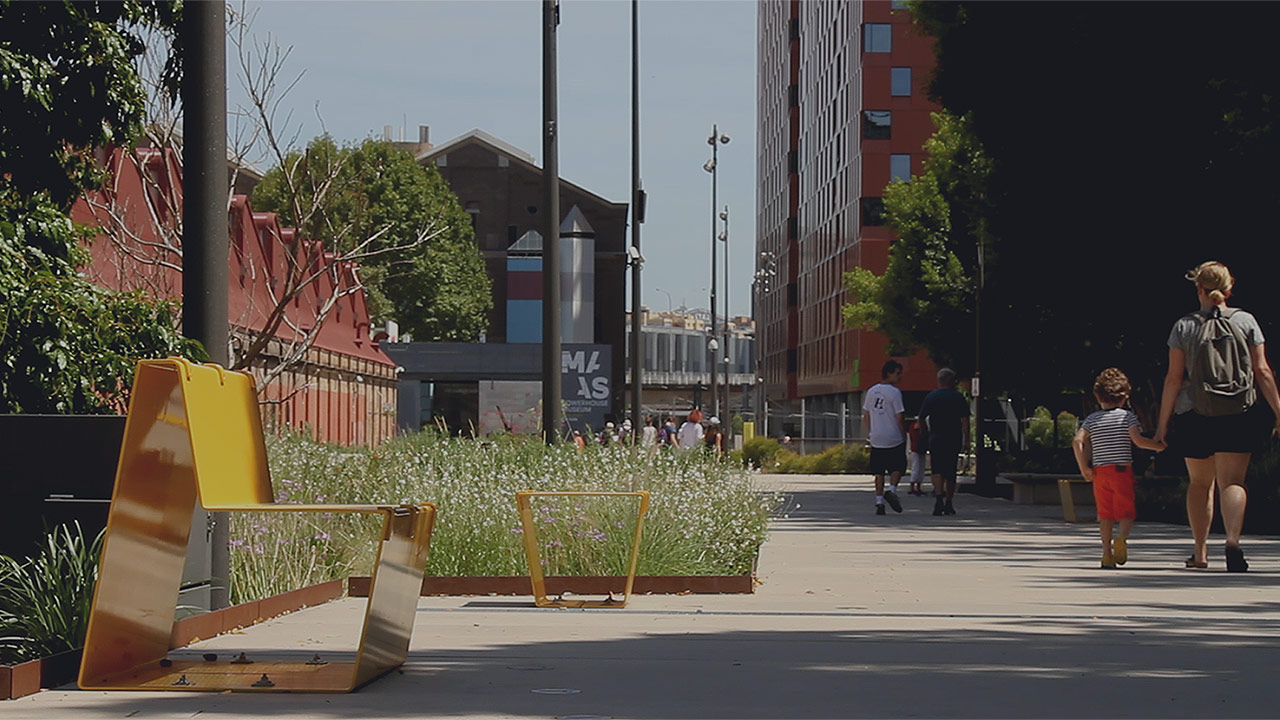
Design and Heritage in Today’s Cities
Liveability and sustainability are major issues in Australian cities today.
Population growth, housing affordability, urban development, densification, overcrowding and congestion have given rise to a range of social, environmental and economic issues and inequities in Sydney and other Australian capital cities.
If you believe the forecasters things aren’t going to improve anytime soon. According to the Greater Sydney Commission, Sydney could be home to 8 million people by 2056.
For generations, a detached house in the suburbs was part of the Australian Dream.
Yet as architect and writer Robin Boyd predicted in Australia’s Home: Why Australians Built the Way they Did in 1968, the heyday of the private separate home was the first half of the twentieth century. Today the Australian Dream is a prize for millionaires and has receded further still.
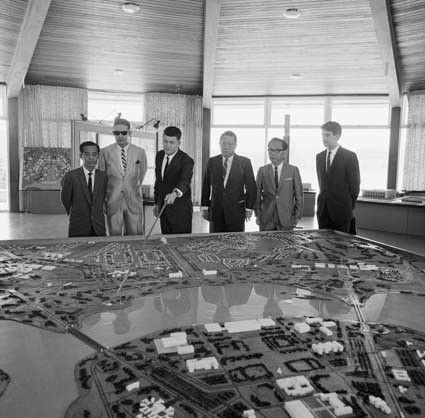
It’s worth looking back a few decades to remember that the competing demands of development to serve a burgeoning city versus a desire to keep the city human scaled and liveable is not a new phenomenon.

A variety of economic, political and social conditions had fuelled the postwar boom in Australia.
The rapacious and often indiscriminate urban development had by the late 1960s and early 1970s resulted in surprising alliances between the Builders Labourers Federation and the community. Members of the Builders Labourers Federation risked their livelihood to protect historic buildings, the bush, and our parklands.
The green bans, the Builders Labourers Federation and Jack Mundey were household names during the 1970s.
By 1975 their muscle had halted development projects worth $5000 million. In the absence of regulations for conservation and urban planning, the Builders Labourers Federation took radical action challenging the idea that property owners could build what they wanted where they wanted.
This grassroots action shaped political will and ushered in the environmental planning and heritage legislation we have today.
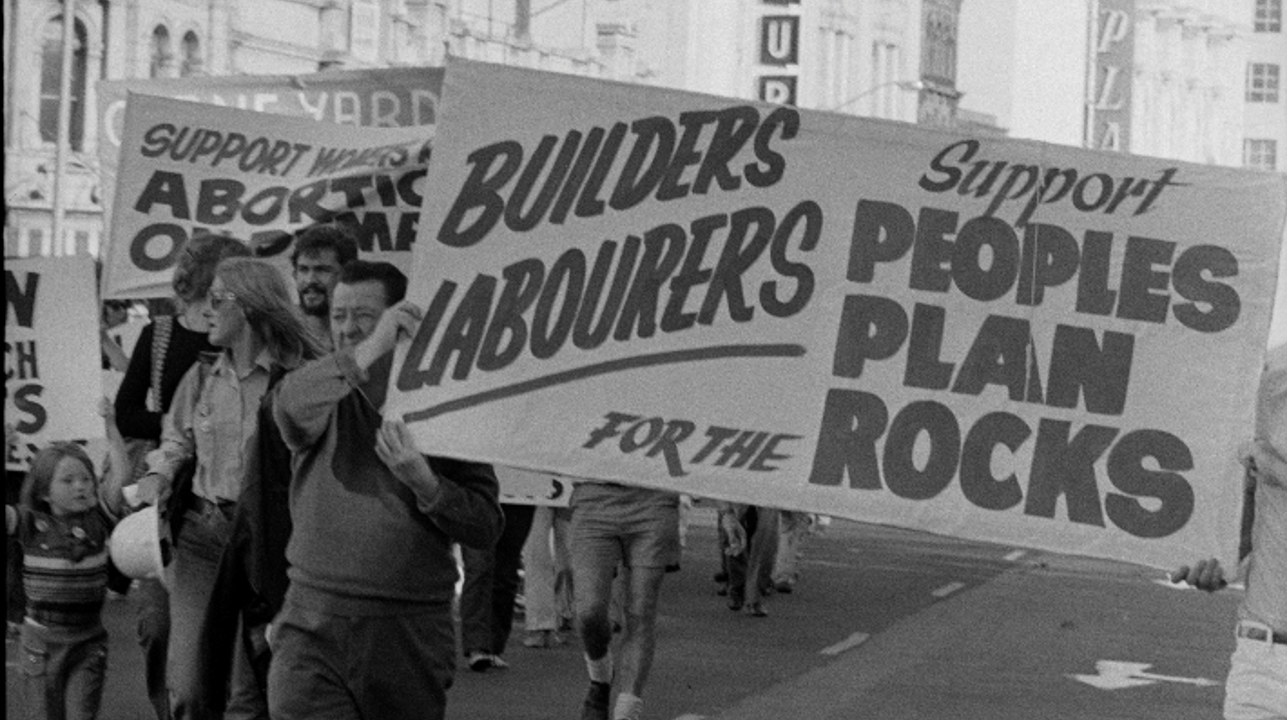
But is community engagement and wellbeing, design excellence and sustainability at the heart of our planning system today?
Does the community really care, and is there the political will to put the environment and people ahead of economic development?
Perhaps you might consider for a moment the State Government’s decision not to list the Sirius building.
Many people believe, largely due to media representation, that most old places are less valuable and can’t be developed. Or that some heritage is not worth keeping because it’s not particularly attractive.
Heritage is often portrayed as anti-development, and you don’t have to look too hard to find examples of heritage listing being used as a form of development control.
Yet as we have seen heritage places, listed or unlisted, are not always conserved.
Preservation and progress frequently collide.
Good design and heritage conservation are often characterised as antithetical. Urban consolidation and urban sprawl occupy the minds of architects and planners alike. But these oppositional binaries don’t help much.
The truth is urban development concerns us all. What we think best exemplifies our history and heritage does too. What distinguishes the character of our local neighbourhood and makes our streets and homes feel like we belong?
We all know that the loss of historic places and character threatens a locality’s appeal. As Jane Jacobs argues in her often-cited book, The Death and Life of Great American Cities, old buildings are crucial to a thriving city. We need diversity not only of people and of businesses, but of our buildings.
Often maintaining, adapting and re-using existing building stock leads to fresh thinking and creativity.
Despite this, some university degrees in architecture tend to focus on teaching students how to design new buildings and landscapes for greenfield sites, though many architects start their professional life designing modest alterations and additions, or suburban gardens in established areas.
Good design and heritage can be celebrated bedfellows. In fact, creativity, civic generosity and a real spirit of place do emerge from the work of design professionals where they have had to respond to heritage places or heritage contexts.
People, culture, design and heritage are essential to the fabric and experience of cities and suburbs.
Of course, none of these things is in and of itself the panacea.
A liveable city is beguiling.
Getting the balance right between planning, preservation and development is not easy. And the past and present are in persistent dialogue.
There are many situations where private interests override the public interest.
Public amenity and the public interest for present and future generations are consistently challenged.
Perhaps in Australia we have been slow to appreciate and understand the value of culture, of heritage and design thinking.
History and heritage gives us a way to understand ourselves and each other better. It provides a way to comprehend the past, and the processes of change through time. Design excellence is also instructive. A complex balance between the pragmatic and the poetic.
Excellent design must be contextual. Buildings must work in harmony with their surroundings, and with nature.
Design should also be challenging. It should encourage us to discover something new about ourselves, our surroundings and our interactions with the built environment. Design should also challenge architects to explore new ideas and new limits.
Sensitively and sensibly planning for growth to meet the demands and expectations of our population is an important priority.
Infill projects and the rehabilitation of heritage buildings in historic neighbourhoods need to pay attention to the human scale and psyche. They need a sensitive hand with a light touch.
Design for heritage requires a form of what might be called civic ‘diplomacy’.
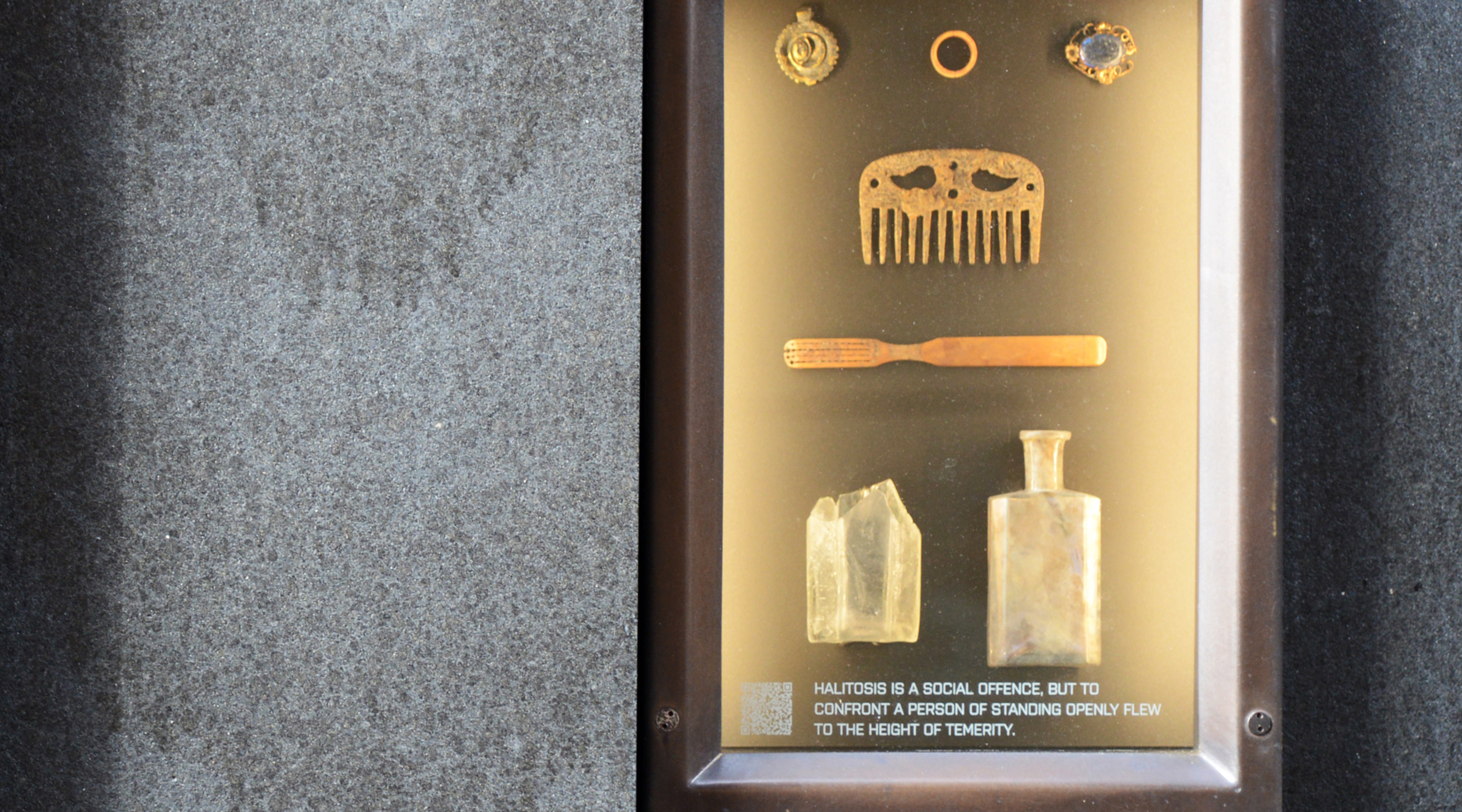
This doesn’t mean that design for heritage can’t be innovative, contemporary or even bold, but rather design needs to be relational.
We need creative design responses across the span of different housing typologies and different styles of contemporary domestic life. Whether that be a young family, or a multigenerational household with independent living zones. We should be reflecting our community’s diversity and a bespoke response to place through design, whether that is on a small lot in a modest local street, or located on an elevated site with expansive coastal views.
We need to ensure the wise use of resources and long-term building life cycle issues, as well as create healthy energy efficient living with reduced environmental impacts.
What we do and leave behind impacts and shapes our environment; it shapes the faces of our city and suburbs and the experience of our community.
The importance of giving heritage places renewed life in the community and contributing to the character/quality and sensory pleasure and enjoyment of community life through good design should inspire a sense of awe and wonder in each of us. Today’s design should resonate and endure, just as the places that we identify and conserve as heritage places do.
